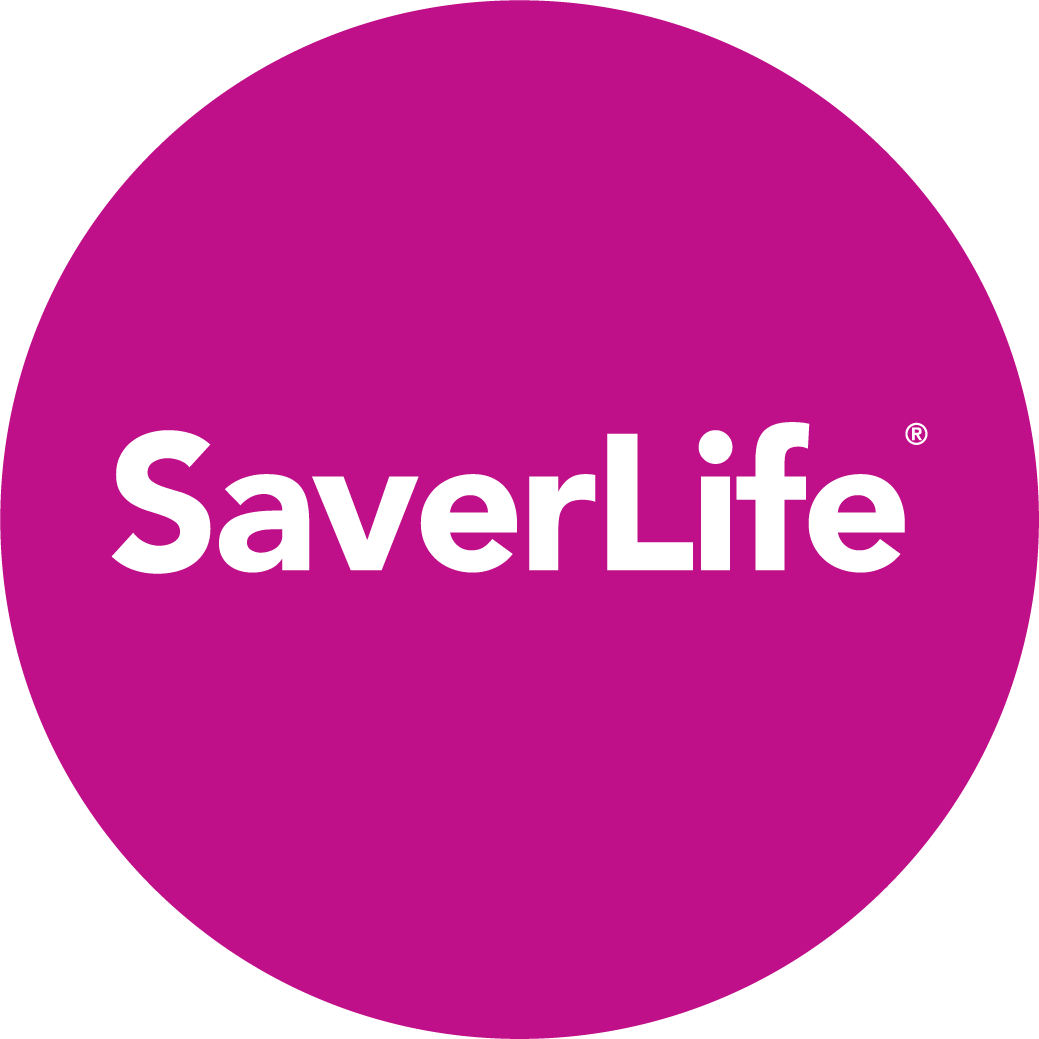Navigating New Financial Health Territory: How Gen Z is Planning for the Future

Gen Z — the generation of young adults born between 1997 and 2012 — is navigating a new frontier of financial health. With a growing list of challenges like student loan debt, climate change, and increased costs of living, Gen Zers are increasingly weighing these risk factors against their financial health — and coming up short.
Gen Z’s trade-offs between financial stability and their long-term goals are compounded when living on a low-to-moderate income. As we’ve learned via member surveys and interviews, SaverLife members often have to choose between paying rent, buying groceries, covering child care, and making credit card payments — among many other financial obligations. They have little slack in their financial situations to cover all of these expenses at the same time and at the same time (or let alone) plan for their futures.
It’s this ongoing balancing act that puts Gen Zers living on low-to-moderate incomes in a precarious financial situation. Not only are they experiencing an increase in systemic challenges and unpredictable expenses, they’re also accounting for these financial shifts in an already tight budget with little leftover for their own aspirations.
That’s why SaverLife is committed to uncovering insights about our Gen Z members’ financial goals and pain points and supporting them on their individual journeys to financial health. We’re also driven to amplify their stories to policymakers who can build a more inclusive financial system (and future!) for all Gen Zers living on low-to-moderate incomes.
While many Gen Z SaverLife members have shared with us that they’re anxious for the future and uncertain of how they can progress on their financial health journeys, they’re still working to stay optimistic and build resilience. Keep reading for SaverLife’s research on some of the challenges our Gen Z members are dealing with and how they’re confronting them with creative solutions.
Young adults face obstacles to financial health
When SaverLife conducted research on our Gen Z members’ financial health, we uncovered that they’re spending significantly more on necessary expenses year over year. In fact, from 2021 to 2022:
- The median spending on transportation increased by 24%
- Credit card balances increased by 90%
- Only 54% of Gen Zers reported paying their bills “all on time” or “nearly on time”
- 43% of young adults had less than one week of short-term savings
On top of this, only an average of 38% of young adults increased their savings by any amount in 2023 — roughly 3% less than in 2022.
SaverLife member Mercedes is a teacher and grad student who’s no stranger to rising costs. While she identifies as a “Zillennial” (a young person who straddles the line between Millennial and Gen Z), Mercedes acknowledges that fluctuating costs and student loans make her hesitant to set more money aside for her long-term goals.
“In terms of planning for the future, it’s very nerve-wracking, because we’re in a recession,” she says. “I don’t foresee this getting any better anytime soon. So I could say, ‘this money is for my future classes.’ But if trends keep going the way they are, will I actually be able to use that money for a future class? Or will it have to go to something else? Because my wage increase is actually not keeping up with the costs of living.”
Forging a path to financial health
Mercedes’ story, and the stories of many SaverLife members, demonstrate the precarious balance they’re maintaining between unavoidable increases on necessary expenses and their own financial aspirations. And this is all compounded by external factors like climate change, homeownership, and the fact that incomes aren’t keeping pace with costs of living.
But this isn’t stopping Gen Zers living on low-to-moderate incomes from building resilience where they can.
For example, SaverLife member and Zillennial Alizha is taking on self-employment to supplement her family’s income and keep progressing toward her financial health goals. She’s been selling eyelash extensions online for the last year: and this is just one of many business ideas she’s looking to launch on her journey to full-time entrepreneurship. In the meantime, Alizha and her husband are planning to achieve their goal of building savings for their son by maintaining a strict budget and proactively setting money aside for unexpected expenses.
While Alizha often feels that she has limited choices for improving her financial health, her ability to pivot quickly reflects the creativity of Gen Zers living on low-to-moderate incomes when their financial situation shifts. One way that they’re doing this is by talking openly about their budgets on social media and seeking advice from others. In particular, the trend of “loud budgeting” has encouraged Gen Zers to vocalize their budgets on a regular occurrence and build a system of accountability with friends and family. Another way that Gen Z is preserving their financial health is by leaning into multigenerational housing, and living with parents, grandparents, or siblings to reduce their rent or mortgage payments.
Gen Z SaverLife members — and the millions like them — are forging a path toward financial health that aligns with their monthly budgets and long-term goals. But they’re not overlooking the systemic challenges either; they’re finding new ways to work around them.
We will continue to keep you and the whole SaverLife community up to date on our learnings about the financial health of Gen Zers living on low-to-moderate incomes. But until then, keep sharing your stories with our team. Every experience, thought, or piece of feedback from our members can help SaverLife demonstrate the importance of prioritizing your financial health goals — and the goals of many other Gen Zers and people living on low-to-moderate incomes — in all plans for the future.

SaverLife is a nonprofit organization dedicated to helping people improve their financial health. Through savings challenges, personalized tips, and trusted resources, we empower people to build stronger financial futures.
